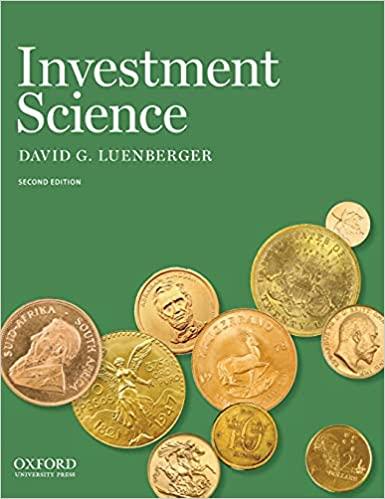A venture capitalist with a utility function ($U(x)=sqrt{x}$) carried out the procedure of Example 11.3. Find an
Question:
A venture capitalist with a utility function \($U(x)=\sqrt{x}$\) carried out the procedure of Example 11.3. Find an analytical expression for \($C$\) as a function of \($e$,\) and for \($e$\) as a function of \($C$.\) Do the values in Table 11.1 of the example agree with these expressions?

Example 11.3
Sybil, who has become a moderately successful venture capitalist, is anxious to make her utility function explicit. A consultant asks her to consider lotteries with outcomes of either \($1M\) or \($9M.\) She is asked to follow the direct procedure as the probability p of receiving \($1M\) varies. For a 50-50 chance of the two outcomes, the expected value is \($5M,\) but she assigns a certainty equivalent of \($4M.\) Other values she assigns are shown in Table 11.1.
The utility function is also shown in Table 11.1, since U(C) = e. (We just read from the bottom row up to the next row to evaluate U.) For example, U(4) = 5.
However, the values of C in the table are not all whole numbers, so the table is not in the form that one would most desire. A new table of utility values could be constructed by interpolating in Table 11.1. For example (although perhaps not obviously),

Step by Step Answer:






